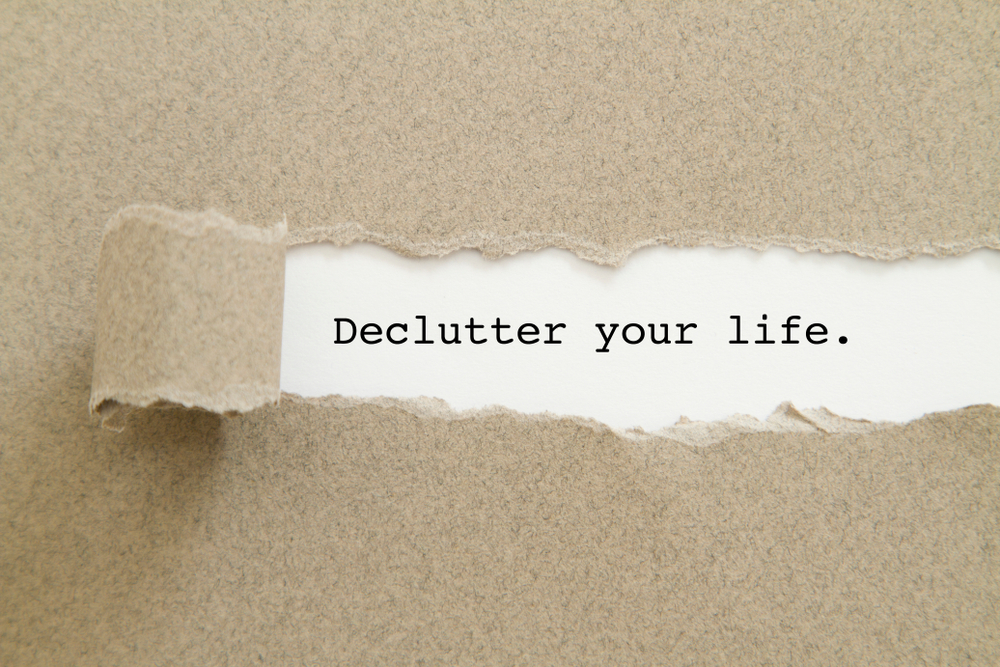Since the success of Marie Kondo’s Netflix Series, the world has been inspired to declutter their homes. The phenomenon of decluttering is a hefty task, but well worthwhile. In fact, studies have frequently found a strong relationship between a tidy home and a healthy, productive mind.
So, whether you are moving home, renovating, or simply trying to reduce anxiety and stress, Recyclezone’s useful guide to decluttering your home is here to help!
1. Follow The 80/20 Rule
Our first tip is firmly established within the world of minimalism and comes from the renowned economist Pareto. Historically, Pareto discovered that 80% of Italian land was owned by just 20% of the population. Ever since, his calculations have been deemed applicable to everyday life.
Remarkably, it is found that we use only 20% of our belongings 80% of the time, leaving many objects sitting collecting dust. As a result, the remaining and redundant 80% of belongings ought to be the first to go. Once you have separated your 20% most worn clothes or used objects, you should be able to dispose of the other 80% without the fear of truly missing it.
Albeit brutal, Recyclezone recommends this principle for almost all areas of the home for the most quick and effective decluttering decisions. Following this tip will logically help you downsize your junk and upsize your living space by up to 80% in mere hours!
2. Set Yourself Realistic Goals
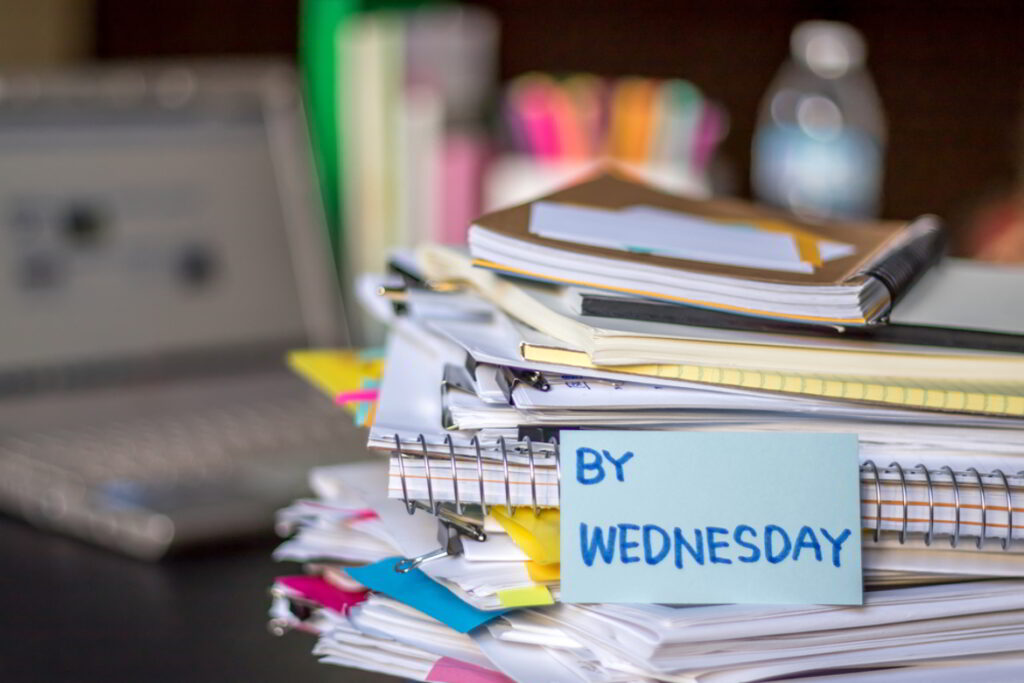
How long it takes to declutter your home depends on the size of your home and the amount of clutter it carries. Therefore, it is important to be realistic with your timing, and understand that decluttering will likely not be a one-day job. Recognising this early on will stop you becoming disheartened when the day comes to a close and there is still more to be done.
Experts tend to advise that you pencil aside a few days in your diary so that you can truly finish decluttering your home. As a rough guide we recommend allowing a day or two per room. By doing this, you should be able to finish each task or room completely before starting a new day. It also keeps you motivated to see what you have achieved and what is left!
3. Approach Room By Room
A large part of setting yourself realistic goals involves approaching decluttering on a room by room basis, rather than mixing between. This is proven to be far more effective, with less distractions. Since starting is the hardest part, once you see progress being made in each room and can visualise your space even more, you will find the motivation to continue.
Choosing where to start is one of the biggest challenges. However, we have uncovered two useful approaches:
- Begin with the places that are relatively easy to find clutter to dispose of since they are hubs for home hoarding. For example, begin by decluttering an attic or a bedroom where you have been unnecessarily storing your junk for years.
- Alternatively, we recommend beginning with the cluttered spaces that bother you the most, simply because doing so will improve your health and well-being faster. Often these are the places which affect your daily life and tasks, such as bedrooms, offices and living rooms where we spend most of our time.
A Recyclezone top tip is to work from the outside in, leaving most junk in the centre of the room. This is most effective because it not only gives you more space to move around, but it also also allows you to get to all of the edges of the room and trace your progress – making sure the de-clutter is done properly!
4. Donate To Charity
We understand the guilt felt by looking at junk you have bought and used once or the gifts you just put to the back of the cupboard. However, it is worth considering that one man’s trash could well be another man’s treasure and that donating to charity would be the perfect way to allow your junk to continue its journey elsewhere.
If you are struggling to part with your belongings due to feelings of guilt, it is worth reminding yourself how much someone else might value and utilise something that you no longer do. By donating your junk to charity you are being charitable and supporting the environment by reusing and recycling opposed to dumping your rubbish in landfills.
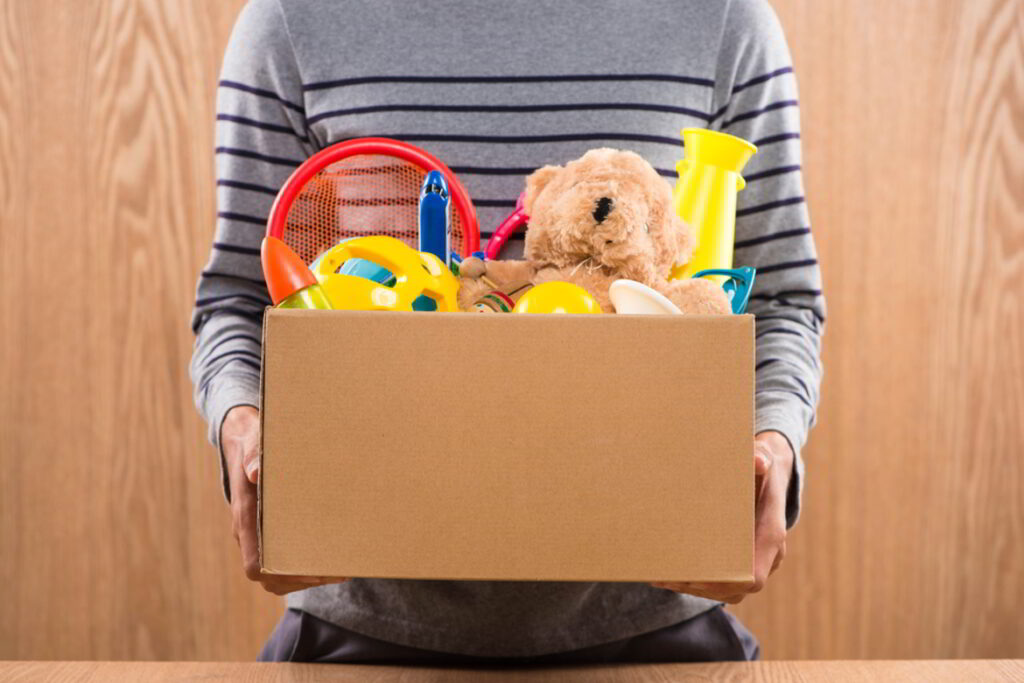
If you’ve looked after your junk well enough to give away, here are a few of the ways you can donate them:
- At RecycleZone we can collect your excess clutter and donate it directly due to our partnership with local pick up charities such as Sue Ryder and Debra.
- You can organise collection or drop off for other local charities such as the British Heart Foundation and Age UK.
- You can find your belongings in new homes using Facebook selling pages and groups.
If it is in good enough condition and there is strong demand for it, you might also want to consider selling your worthy clutter on sites such as Ebay, Depop or Shpock.
5. Reflect on The Current You
Separating what you do want from what you did want is a hard task. You want to distinguish what you want to keep based on what best reflects the current and best version of yourself. Since it begins with the mind, it is one of the hardest tasks.
Often there is a sense of guilt at money wasted or gifts given because we don’t want to think of these things as rubbish or disposable. However, in reality we have to determine whether they are really getting their worth or simply collecting dust.
Recyclezone have compiled some useful questions to ask yourself when deciding whether your belongings and junk really reflects the current you:
- When was the last time I wore that dress?
- Can you imagine yourself going to yoga again within the next few months?
- I once loved baking – but do I still want to bake now?
- Do I really have time to play Tennis anymore?
If you don’t find yourself answering these questions positively – then you should get rid of the junk. It is also useful to put timeframes on these things. For example, have I worn this dress in the past two months? Or will I bake again within the next 6 months?
6. Use The Four Box Method
We also advise using the renowned ‘Four Box Method’ whereby you separate your clutter into four boxes, each labelled:
- Things you want to keep and store away
- Things you don’t want and will sell or donate
- Rubbish to be recycled
- Rubbish for the bin
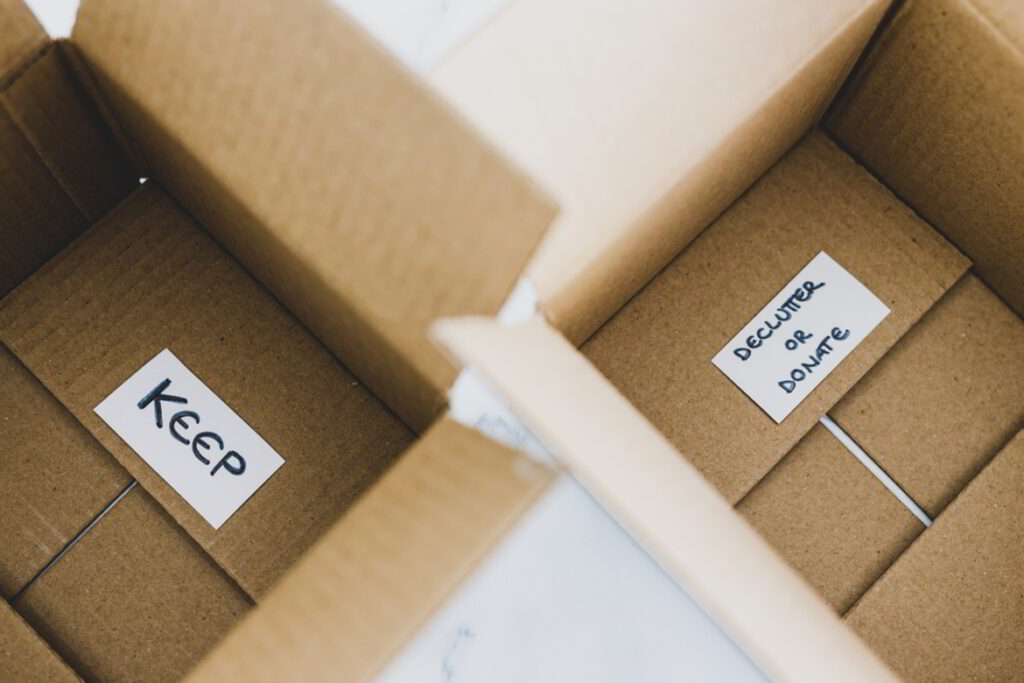
Separating and collating our belongings into this is really useful for giving a tidier and organised appearance in the process of decluttering. It is also really useful as a deterrent from hoarding since once boxed, it is harder to contemplate keeping something that you were happy to give away forever five minutes ago.
This tip is even more beneficial if you act quickly on completed boxes. Boxing and dealing with clutter once rapidly will support you in resisting the temptation to unpack and re-clutter your home. This can be achieved through same day waste collection and disposal.
7. Opt For Online Storage
Making things digital is a controversial but effective method of getting rid of clutter. Often we find old birthday cards or photographs that we cannot bear the thought of parting with yet simply don’t have room for. Fortunately, those of us with access to printers and scanners can simply scan birthday cards and photos to keep stored digitally. Not only does this eradicate the physical clutter, but it also makes special memories far easier to access and organise from anywhere at any time.
8. Out First; Then In
One of the most common errors made by people when decluttering is that they bring their new clutter in before they have disposed of and organised their old clutter. This not only leaves you with very minimal space to work around, but it also confuses the process even further. More often than not, we find that we have purchased unnecessarily and re-clutter.
Instead we advise that you declutter before purchasing replacements. An emptier home is often easier to visualise new things in and you might just find that your old waste could be repurposed instead – even better for the environment!
9. Introduce New Storage Solutions
There will inevitably be quite a few things that you do use regularly or simply cannot bring yourself to give away. However, these don’t need to become clutter. By introducing new and methodical storage solutions into your home these can be ready for use and tucked away later.
In particular, we recommend using ottomans, stackable boxes and under-bed storage for these as they are easy to access and blend neatly within the home. We also recommend sourcing some cable ties to group together all of those spare wires!
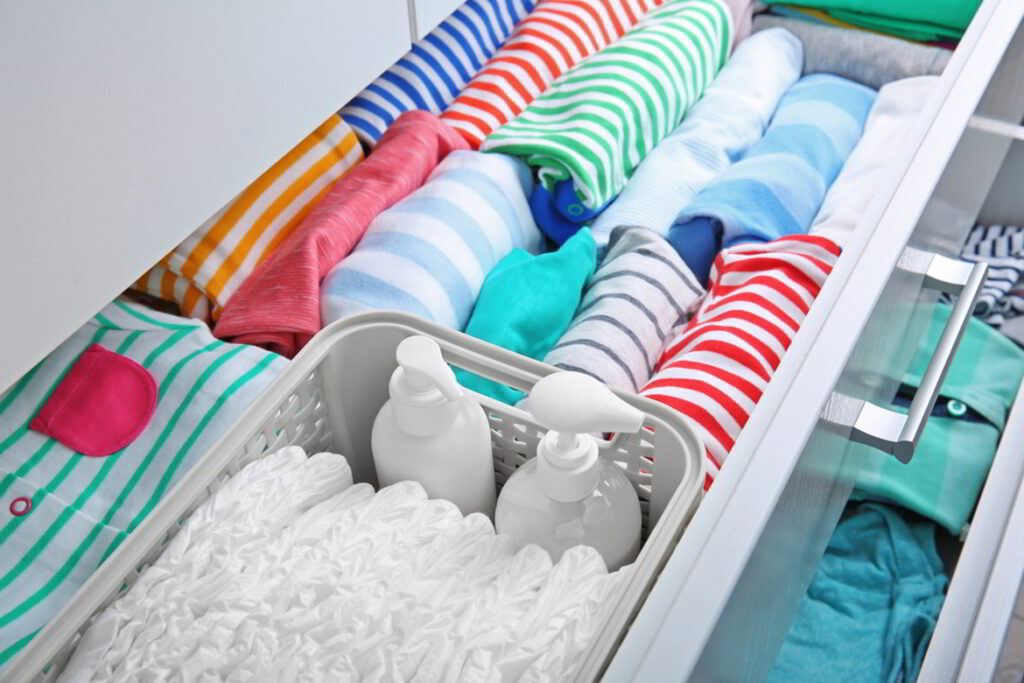
10. Continue Good Habits
This final rule is perhaps the most important of all. Once you have braved the big declutter, ensuring that you incorporate these tips into your daily routine will reduce the need for a big declutter in near future.
You may also like: Top Tips To Declutter Your Office Space
Feature image credit: bfk / Shutterstock
